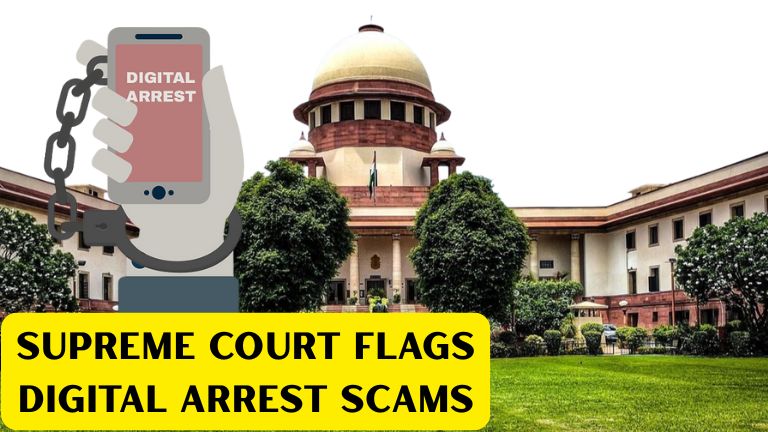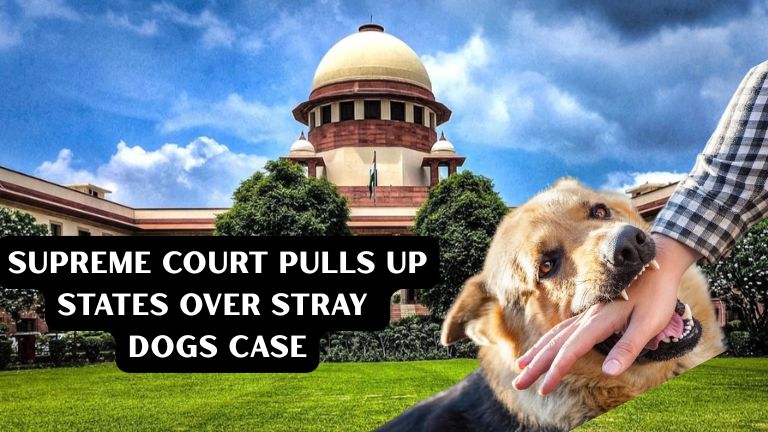M.S. Sanklecha, J.@mdashThis second appeal was admitted on 17/2/2006 on the following substantial questions of law:
(a) Whether in the absence of framing specific points for determination in terms of Order 41 Rule 31 (a) or Order 20 Rule 4(2) of the Civil
Procedure Code, could the Judgment and Decree of the First Appellate Court said to be vitiated?
(b) Whether the date of the registered Sale Deed dated 16/01/1987 between the appellants and the respondent nos. 3 and 4 be treated as
deemed knowledge to bar the institution of the civil suit by the respondent nos. 1 and 2 under Section 3 of the Limitation Act?
2. Briefly the facts leading to the present appeal are as follows:
(a) The appellants (original defendants nos. 1 and 2) purchased under a sale deed dated 16/1/1987 a property known as ""Gorbhata Inam"" at
village Ponda, (suit property) from respondent nos. 3 and 4 (original defendant nos 3 and 4),
(b) On 12/8/1996, the respondent nos 1 and 2 (original plaintiffs no.1 and 2) filed a civil suit against the appellants and respondent nos 3 and 4 for
:
(i) a declaration that the sale deed dated 16/1/1987, by which the suit property was conveyed by respondent nos. 1 and 2 to the appellants is null
and void,
(ii) the appellants be restrained from in any manner interfering with the suit property or from creating any third party rights or doing any construction
activity on the suit property and
(iii) a mandatory injunction to demolish the construction raised on the suit property by the appellants.
The basis of the suit by respondent nos. 1 and 2 was that they were co-owners of the suit property along with the respondent nos.3 and 4. Thus
the suit property could not be sold without partition amongst the owners.
(c) The appellants contested the suit and in its written statement inter alia contended that the suit is barred by limitation and the defendant nos. 3
and 4, who had conveyed the suit property are the sole owners of the suit property and
(d) The Trial Court by an order dated 30/10/2004 inter alia held as follows:
(i) That the respondent nos. 1 and 2 are the co- owners of the suit property. Thus rejecting the appellants claim that respondent nos. 3 and 4 are
the sole owners of the suit property.
(ii) The sale deed dated 16/10/1987 is null and void; and
(iii) The suit as filed by respondent nos. 1 and 2 is barred by limitation.
Resultantly, the Trial Court by its order dated 30/10/2004 dismissed the suit filed by the respondent nos. 1 and 2 on account of limitation.
3. Being aggrieved by order dated 30/10/2004, the respondent nos. 1 and 2 filed an appeal to the Ad-hoc Additional District Judge, Panaji, (1st
Appellate Court) being first appeal registered as Regular Civil Appeal no.189 of 2004 to the extent the suit was held barred by limitation. The
appellant being aggrieved by findings in order dated 30/10/2004 also filed a cross objection to the 1st Appellate Court inter alia on the sale deed
being declared void. The first Appellate Court by order dated 22/6/2005 allowed the appeal of respondent nos. 1 and 2 and dismissed the
appellant''s cross objection as time barred. The order dated 22/6/2005 by a permanent injunction restrained the appellants from interfering with the
suit property and granted a mandatory injunction directing the appellants to demolish the construction raised by them on the suit property. Besides
it upheld the order of the Trial Court declaring the sale deed dated 16/1/1987 as null and void.
4. Being aggrieved by the order dated 22/6/2005 of the First Appeal Court, the appellants have filed this Second Appeal, which has been
admitted on the questions ""a"" and ""b"" set out herein above.
5. Mr. J.F. Melo, learned counsel appearing for the appellants invites attention to Order 41 Rule 31 A and Order 20 Rule 4A of the Code of Civil
Procedure, which reads as under:
ORDER 41
31 Contents, date and signature of Judgment- The judgment of the Appellate Court shall be in writing and shall state-
(a) the points for determination;
(b) the decision thereon;
(c) the reasons for the decision; and
(d) where the decree appealed from is reversed or varied, the relief to which the appellant is entitled; and shall at the time that it is pronounced be
signed and dated by the Judge or by the Judges concurring therein.
6. Order 20, Rule 4 A:
4A. Judgments of Small Cause Courts-(1) Judgments of a Court of Small Causes need not contain more than the points for determination and the
decision thereon.
(2) Judgments of other Courts:- Judgments of other Courts shall contain concise statement of the case, the points for determination, the decision
thereon, and the reasons for such decision.
7. On the basis of the above, it is submitted that the mandate of law is that the Appellate Court while writing a judgment should state/frame in its
order the specific points for determination and thereafter render the decision with reasons in support on the specific points arising for its
determination. It is submitted that as a consequence of not setting out the specific points of determination the impugned order displays a lack of
focus on the issues which arose for determination leading to the impugned order being bereft of reasons in support of its decision.
8. As against the above, Mr. S. Vahidulla, learned counsel appearing for the respondent nos.1 and 2 submits that no interference is called for as
the impugned order is a well reasoned order and mere non-framing of the points for determination would not render an order passed by the First
Appellate Authority bad in law. It is his submission that the First Appellate Authority had considered all the issues which arose for determination
and the same were duly supported with reasons.
9. It is clear from reading of Order 41 Rule 31 as well as from reading of Order 20 Rule 4(2) of the Code of Civil Procedure that the Judgment of
the Appellate Court has to frame specific points for determination and has to render its decisions on the same with reasons in support. In this case,
admittedly, the order of the First Appellate Court has not set out specific points which arose for its determination. The issues that inter alia arose
were whether the suit is barred by limitation, that the sale deed dated 16/1/1987 is null and void and the cross objection filed by the appellants
were time barred. These issues/points for determination not being framed has resulted in not dealing with the submissions of the appellants. To
illustrate, it was the case of the appellants that cross objection is not time barred was a specific point for determination but the same had not been
framed. Consequently the appellants above contention has not been discussed. This resulted that in the impugned order not dealing with the
submissions of the appellants.
10. Consequently question ""a"" has to be answered in the affirmative in favour of the appellants and against the respondents.
11. So far as question ""b"" is concerned, the same need not be answered, in view of the fact that as a consequence of my answer to question (a),
the order dated 26/6/2005 of the First Appellate Court is being set aside and restored for de novo consideration to the First Appellate Court to
decide the issue in appeal after setting out the points of determination. At that time issue raised in question (b) would be duly considered after
setting out the points of determination, if the same arises.
12. In view of the above, the appeal is allowed in the above terms. The parties are directed to appear before the first Appellate Court on
30/04/2015 for further directions. No order as to costs.

